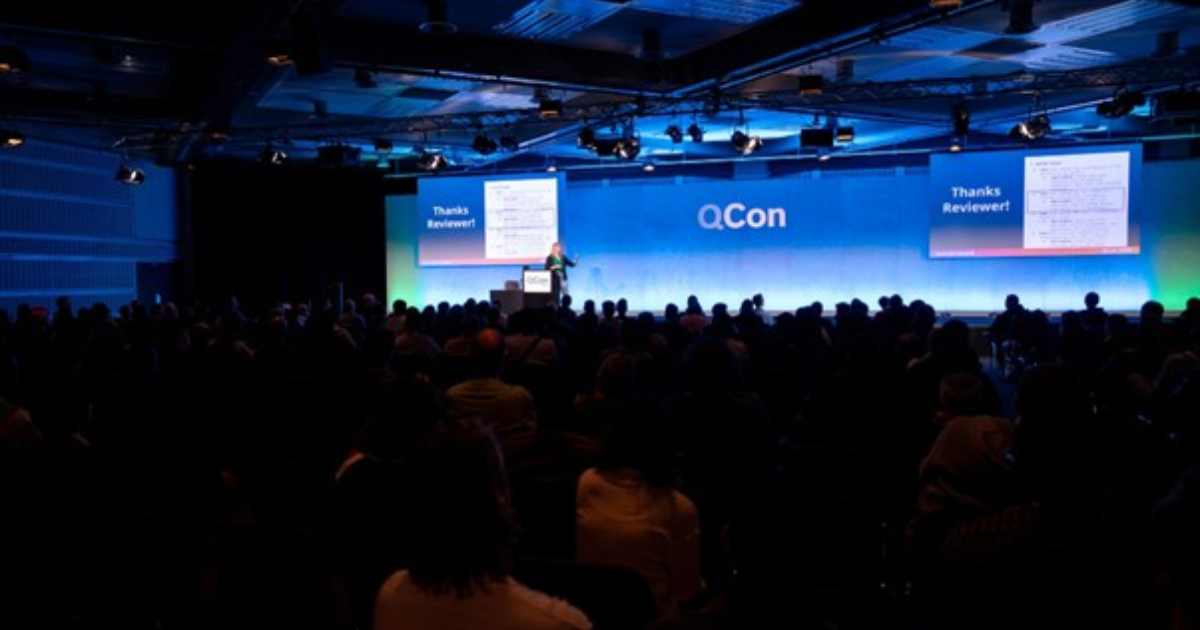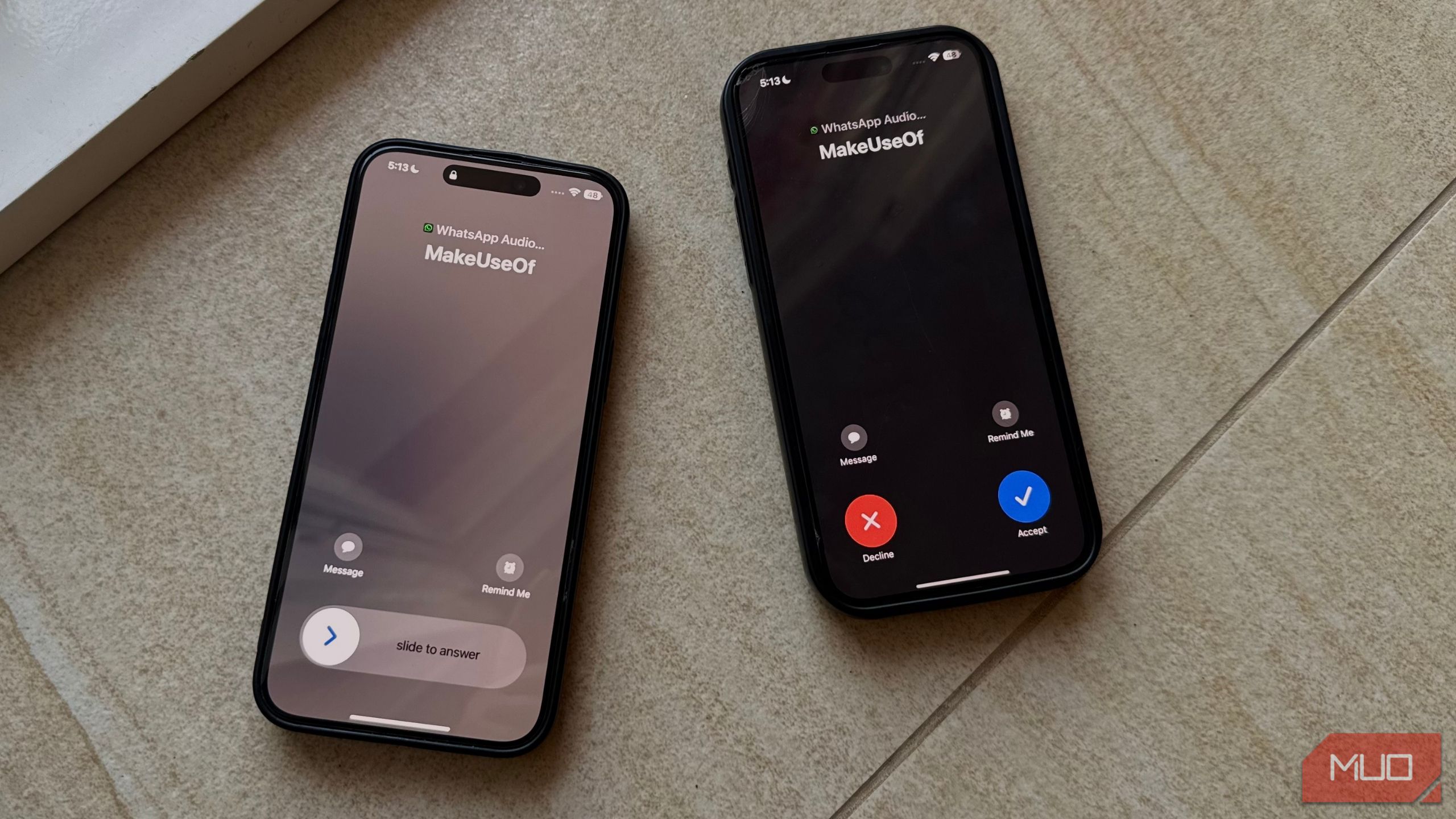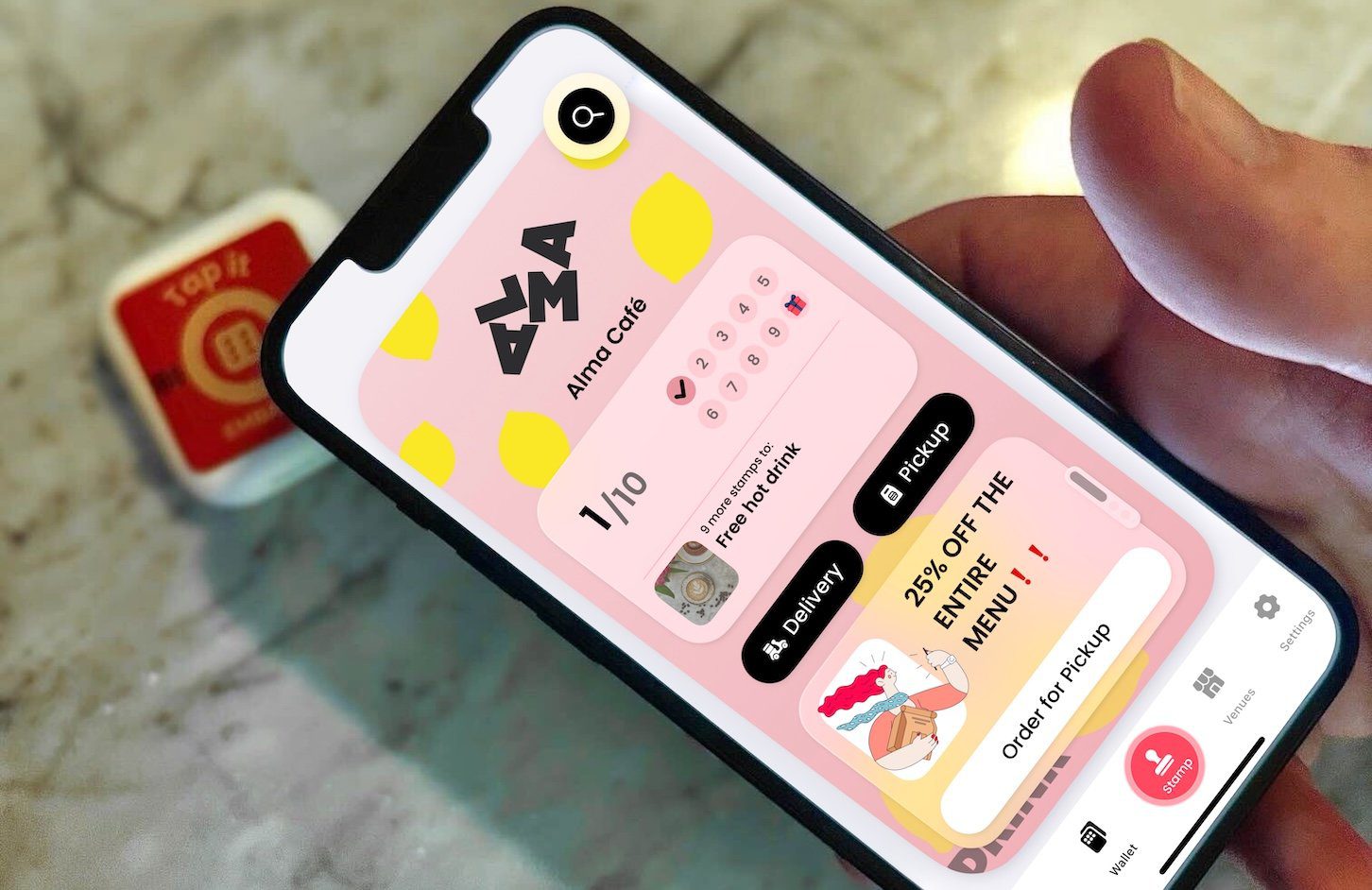Key Takeaways
- Hosting a track at a conference helps you build your professional network. It is a way of giving back to the technical community by raising awareness of various topics through the speakers you bring into the track.
- A lot of work and research is required to ensure your track is diverse (both demographically and geographically).
- Starting as early as possible (by conducting research, reaching out to speakers, etc.) is key to ensuring that you can secure the speakers you want and find alternatives if your first choices are unavailable.
- Clear, consistent communication is key to ensuring speakers know what is required of them, and to ensuring that the conference Programming Committee/organizers know what’s happening within your track (and are able to provide assistance if needed).
- Having a clear idea of the topics you want to cover in your track will make it easier to find speakers who might be a good fit for it and, later during the conference, promote the track effectively.
How I got into it
About a year ago, a friend of mine asked me if I’d be interested in hosting a track in the 2025 edition of QCon London. Specifically, a track on “Performance and Sustainability in Practice: How to Make Software Greener.”
I was keen. There was, however, a small challenge in accepting this opportunity.
I’d never hosted a track at a conference before. Or even had experience being part of organizing a conference.
I also didn’t have the most extensive professional network of folks that did work in this space, and most of the speakers for my track had to be based in London, U.K. or in Europe.
I ultimately said yes. While it required a lot of work over the course of several months leading up to the conference, it was well worth it.
One thing I realized early on is that few resources exist to guide first-time track hosts through building a track. This was particularly noticeable for track hosts at software development conferences.
The following are the main lessons I learned along the way in curating and hosting the track, and what I would pass on to any first-time track host.
Finding the story for your track
The story in my track was that creating sustainable software is something that everyone can do (even in AI!) and that, by doing so, we have the added benefit of creating highly performant software.
By knowing what topics I wanted to cover as part of that story, it helped me have conversations with the Programming Committee of QCon London. They were able to suggest potential speakers from their professional networks and send me links to blog posts or social media profiles of people they may not have known personally, but who had expertise in one of the topics in the track.
Sourcing great speakers (even without a big network)

You probably won’t be able to rely entirely on your professional network to search for potential speakers on the topics that you want to have covered in a track. I couldn’t – QCon London required most speakers to be based in the London, U.K. area or Europe, and I was based in Canada, and my professional network reflected that.
To compensate for this, the following is what I did when I was looking for speakers:
1) Researched podcasts and their guests
I looked for podcasts that focused on sustainability in tech, one of which was Green IO.
Through that podcast, I found Ludi Akue, who spoke about her experiences pushing for the decarbonisation of tech stacks in her position as CTO at Lunii. She ended up sharing them again with the attendees at QCon London in her talk “What I Wish I Knew When I Started with Green IT”.
2) Searched for conferences on the topic that I wanted to highlight in the track and their lists of previous speakers
While not all conferences had recordings of talks that I could watch, some had the slides from the talk, and all had abstracts that the speaker provided beforehand.
With this approach, I discovered Holly Cummins’ talk on “The Efficiency Paradox and How to Save Yourself and the World” and Alex Good, who had given a talk at Local-First Conf on Automerge, a library that in which he’s a core contributor.
3) Asked people in my network to make an introduction when I noticed I had a mutual connection
While searching for folks and companies that were working in sustainable AI, I noticed that a good friend of mine was connected with Jade Abbott, the CTO of Lelapa AI.
Lelapa AI is an incredibly resource-efficient and performant AI, and I was keen to have someone who could speak to what building that kind of technology is like as part of the track.
My friend was kind enough to connect the two of us and, after a couple of weeks of back-and-forth, Jade agreed to be a speaker in the track!
Start early
Speaker selection for a track is not something that you can procrastinate on.
QCon London 2025 provided timelines to help track hosts with their planning, and, although the conference was at the beginning of April, the selected track hosts needed to have their first speaker confirmed by October 14th, 2024, and the last one confirmed no later than January 27th, 2025.
Starting early is key to ensuring that you have enough time to do your research and get the speakers that you want in your track.
People who are well-known in their areas of expertise with plenty of speaking experience are in high demand. Those who don’t have that experience may need to be convinced and time to prepare (think months, not weeks).
For example, I had initially wanted to invite Brooklyn Zelenka, a well-known software engineer working in local-first software, to speak as part of the track. Despite reaching out in November 2024, she already had a commitment that meant that, while she would’ve loved to have joined QCon, she had to pass this time around.
Starting speaker selection early means that:
- you have higher odds that experienced speakers won’t have a conflict with another conference, and will be in a position to say yes to joining your track;
- you give speakers who are creating entirely new talks enough time to do research and feel confident in the material they’re presenting; and
- if you can’t get your first-choice speaker, you can take the time to do more research to find other potential candidates.
I’d also encourage you, if the person you reached out to is unable to attend, to consider asking them if they know of anyone in their network that they think would be a great fit.
Going back to Brooklyn, when she had to decline the invitation, she offered to connect me to someone in her network who also worked in the local-first space who she felt would be a great fit for the track.
One of these folks was Alex Good, whom I had found earlier as a speaker at the Local-First Conf in Berlin but for whom I couldn’t find contact information for. This is how I was able to reach out to him and, ultimately, invite him as a speaker on the track.
Planning around constraints
At QCon London, there were different constraints that I needed to keep in mind.
1) Regional representation
QCon London, being based in London, U.K., wanted to ensure that local tech talent was represented and set limits to track hosts on the number of speakers that could be invited from abroad.
Specifically, at least 2 speakers were required to be from the London area, 2 could be from Europe, and 1 could be from overseas. I could trade a “slot” from a further distance away for a closer one (such as giving up my 1 speaker from overseas so I could get an additional speaker from Europe), but not the other way around.
2) Demographic representation
QCon London encourages track hosts to curate speaker lineups that reflect the diversity of the broader software community, not only in terms of gender, race, and nationality, but also across company types, industry sectors, and professional backgrounds.
These constraints, and particularly the one on regional representation, meant that I had to be strategic with the order in which I invited speakers, because I had better luck in finding potential speakers in some topics more than others.
For instance, at the start of my planning I knew of a number of folks who worked in the area of local-first software – Brooklyn Zelenka from Ink and Switch, Tuomas Artman from Linear, and Martin Kleppman at the University of Cambridge were among the initial folks on my list.
But for folks covering how to advocate for sustainability in tech at a leadership level? Or sustainability in AI? I initially knew no one in either topic.
And given how specific those topics are, I prioritized inviting people in them first so that I could understand who I could invite to speak on topics of which there were a plethora of available speakers in various regions.
As an example, someone suggested I reach out to Dr. Emma Strubell to speak on sustainability in AI as they had recently published work in this area. At the same time, I was interested in inviting Brooklyn to QCon to speak on local-first software.
Given the smaller pool of potential speakers for AI and sustainability, I attempted to reach out to Dr. Strubell first before reaching out to Brooklyn. If Dr. Strubell had agreed to come to QCon, then my plan had been to reach out to Tuomas or Martin as they were located in areas for which I still had speaker slots. If I wasn’t able to get in touch or they otherwise weren’t available, which ended up being the case, my plan was to then reach out to Brooklyn.
This kind of strategizing is something to anticipate if you are hosting a track at a conference with similar constraints.
How to reach out to speakers
Now that I had a list of people that I wanted to reach out to, the next step was to figure out how to get in contact with them. Even more daunting, I had to figure out what I was going to say in order to increase the odds that they’d consider speaking as part of my track.
To start with, the Programming Committee at QCon London has a pretty extensive network that I could ask for help from. I was able to reach out to one of the speakers on my track, Sarah Hsu, by asking for help from them.
The next best tool I had was LinkedIn. If I had a close mutual connection with someone, I would ask for an introduction. Otherwise, I would either try to send a message or use the limited amount of space in the “notes” section when trying to connect with someone to let them know that I was trying to get in touch to talk about QCon London. If they accepted the connection, I would send them a longer message going into more detail.
A couple of other avenues are searching for a contact email on a personal website or using BlueSky and Twitter. Unfortunately I didn’t have success with any of those options.
Once I had a way to get in touch with a potential speaker, I would send them a message that followed this template:
- Introducing myself and why I was contacting them
- Outlined what QCon is, the topics it covers, and the target audience
- What QCon offers to speakers (travel + accommodation + conference pass).
I cannot overemphasize the benefits of stating the last point in the initial email. Having been on the receiving end of these emails in the past, these are some of the first questions I had as I, as well as many other potential speakers, are often not provided any financial support from our companies to go speak at conferences.
By providing that information up front, some of the major barriers to saying “yes” are being addressed and significantly increase the odds that the potential speaker will say yes.
When sending these initial emails to speakers, I’d advise also setting deadlines for when they need to respond to you.
Early on in the planning process, I had reached out to Dr. Emma Strubell and waited 2-3 weeks before I moved on. Given that there were many other people I needed to reach out to in order to meet the timelines set out by the QCon Programming Committee, my contact on the Programming Committee advised me to start setting deadlines in my emails going forward so that I could move on more quickly. I found that this helped me immensely in my planning afterwards.
When I reached out to Dr. Sasha Luccioni next, I set a deadline of a week. I knew it was a long shot given how well-known and in-demand Dr. Luccioni is, but by setting that deadline it allowed me to take that chance that she might be available and interested, and if she wasn’t available, or unresponsive, then I could continue researching other potential speakers.
Overcommunicate with your team
The Programming Committee and other organizers appreciated regular updates and some notice of when I was going to be away and unable to work on finding speakers for the track that I was responsible for.
Communicating your progress and plans for your track enables that the Programming Committee can offer assistance if you find that you need it.
And by letting them know when you’re unavailable, it avoids giving the Programming Committee a metaphorical heart attack. From their perspective, if you disappear for 3 weeks without explanation, it may mean the track is at risk, and they may seek a replacement as they don’t want to be scrambling for a new one at the last minute.
Hosting a track is an incredibly rewarding experience

Hosting a track at QCon London was an incredibly rewarding experience.
I had to find potential speakers in different parts of the world and learned about the interesting work going on in sustainable tech across the industry as a result. It allowed me to raise awareness of topics to those who are active practitioners of software development that I felt were important to our field.
And ultimately, I felt like this opportunity allowed me to take part in the larger conversation we have at conferences like these, which is focused on where we see our industry going. I hope sustainable software development will one day be, as Ludi said in her talk at QCon London, “just the way we do our jobs”.
Hosting a QCon track gave me a chance to learn, teach, and help shape the conversations in our field. If you’re considering it, even if you’ve never done anything like this before, I encourage you to say yes. You’ll grow your network, discover new ideas, and help make important topics like sustainable software more visible to the broader developer community.










